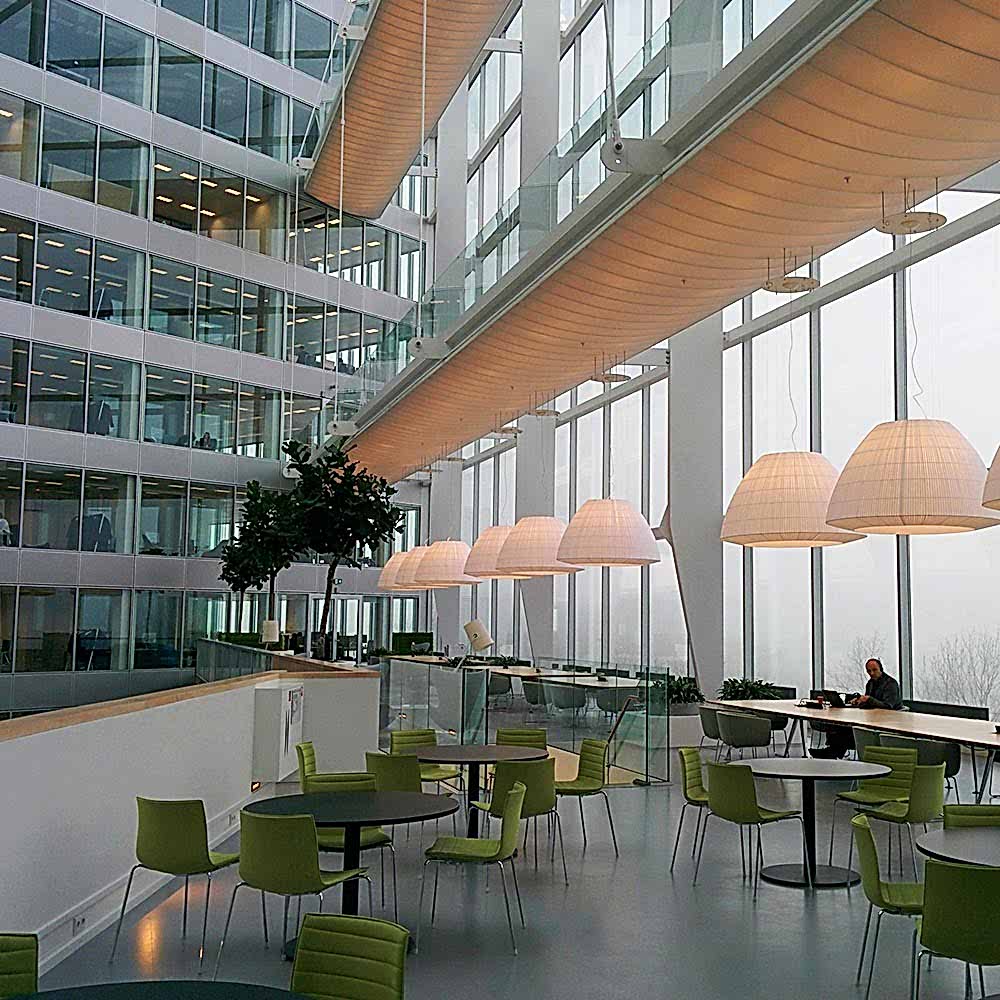
Nowadays, an office is used not only for working, but also for producing, socializing and feeling a sense of belonging. Likewise, a factory or production facility does not have to be merely functional — with the right architectural approach, these areas can also be transformed into user-friendly and efficient structures.
Design in office projects is no longer just about open office layouts. Today's interior architecture projects are designed with a focus on employee health and productivity.
Additionally, biophilic elements (plants, natural materials, daylight) are used more in modern office designs, allowing employees to connect with nature.
Although factories, warehouses, workshops and production centers may seem like structures whose design is neglected, they are actually critical areas for efficiency.
A good project should be able to balance ease of use + security + aesthetics. Otherwise, architecture cannot go beyond just building structures.
Office or industrial buildings are the impression that an institution leaves on its employees and visitors. The entrance area, reception desk, directional design and even the facade details can show that the brand has a professional perspective.
The suitability of the architectural structure to the organizational structure, as well as the interior architectural details within the building, directly affects efficiency. Flexibility, modularity and future adaptability are of great importance in corporate structures.
Office and industrial building projects are architectural areas where concepts such as comfort, function and identity come together in a common pot. A well-designed structure both strengthens the employee experience and solidifies the corporate perception.
Here, architecture is not just an aesthetic endeavor; it is also a strategic business development tool.